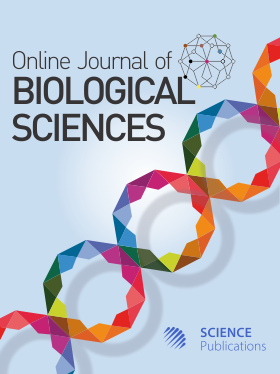Morphological and Structural Reaction of Avena sativa Seedlings to the Effects of Nano and Microparticles of Zinc
- 1 Department of Physiology, Buketov Karaganda University, Karaganda, Kazakhstan
- 2 Department of Materials Science, Tomsk Polytechnic University, Tomsk, Russia
- 3 Department of Botany, Buketov Karaganda University, Karaganda, Kazakhstan
- 4 Center of Nanotechnology and Functional Nanomaterials, Buketov Karaganda University, Karaganda, Kazakhstan
- 5 Department of Plant Protection, Wroclaw University of Environmental and Life Sciences, Warsaw, Poland
Abstract
Kazakhstan has a well-developed mining and metallurgical industry, which produces macroand nanoparticles of heavy metals, including zinc emitted to the environment. The nanoscale particles have a different biological activity, which requires some additional research. The effects of various concentrations of zinc macroparticles and nanoparticles on the anatomical structure of oat seedlings (Avena sativa L.) and their accumulation in vegetative organs have been comparatively studied. Oat seeds were treated with the suspensions of zinc macro and nanoparticles in concentrations from 50-2000 mg/L. The treated seeds were planted and grown in pots with a soil substrate with the suspensions of macroand nanoparticles added in concentrations from 1.25-50 mg/L. The anatomical features of the vegetative organs of plants and the accumulation of zinc in them were studied in 28 days. According to the results of the research, it was revealed that different concentrations of macroand nanoparticles of zinc cause multidirectional changes in the thickness of the epidermis of the stem and roots, the diameter of large and small conductive bundles of the stem, the diameter of the xylem vessels and the length of the trichomes in the root, as well as the thickness of the parenchyma and the diameter of the stem. Zinc added into the soil in the form of nanoparticles led to its accumulation in the roots at a concentration of zinc in the roots at 0.309±0.009 mcg/g compared with 0.067±0.002 mcg/g in the control (0.085±0.003 in the stem (0.021±0.003-in the control group) and only 0.022±0.005 mcg/g in the leaves (0.117±0.002 mcg/g-control group). The zinc content in the stems increases with an increase in the concentration of MPs from 1.25-2.5 mg/L, but at a concentration of MPs >2.5 mg/L, the zinc content does not depend on the concentration. The NP and MP zinc added into the substrate leads to its accumulation in vegetative organs and changes in their anatomy, but further study of the biological mechanisms of these phenomena and its effect on productivity and physiological parameters in the open ground is required for further deeper analysis
DOI: https://doi.org/10.3844/ojbsci.2024.708.719

- 2,959 Views
- 1,546 Downloads
- 0 Citations
Download
Keywords
- Avena sativa
- Zinc Nanoparticles
- Seedlings
- Zinc Accumulation
